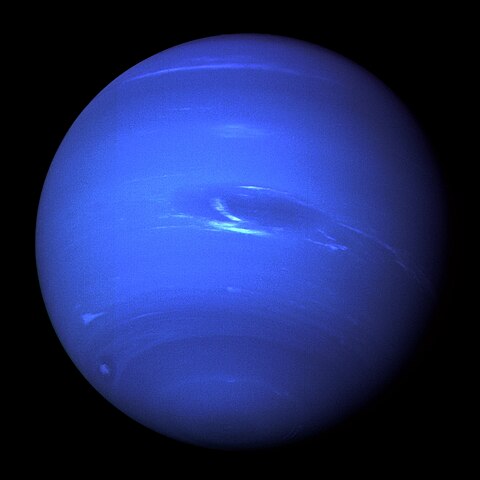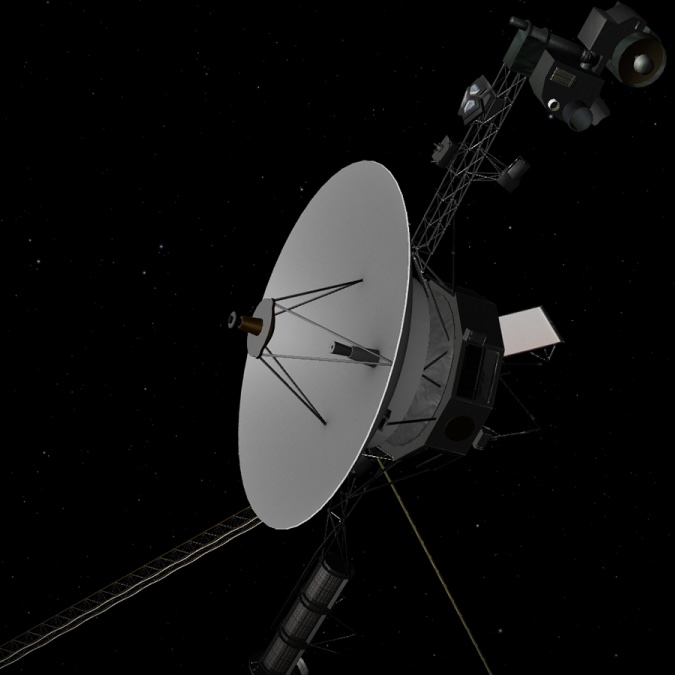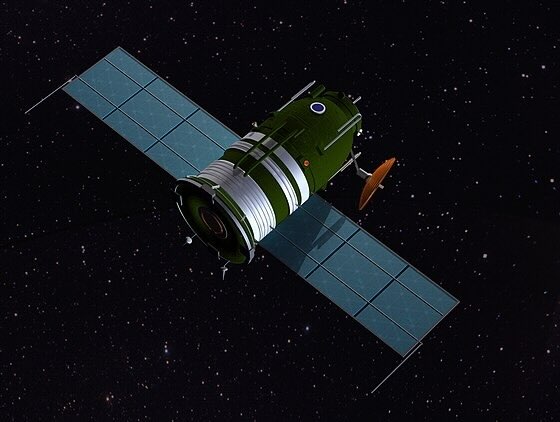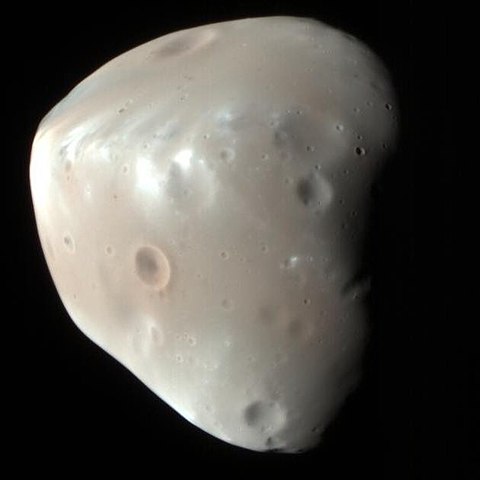1 day / second
0.5 AU
Triton
Moon of Neptune
The largest of Neptune's moons, Triton is a unique captured Kuiper Belt object that orbits backwards around its planet and has active nitrogen geysers erupting from its frigid surface.
Key Facts
learn more | Wikipedia |
mass | 2.1389e+22 kg |
radius | 1,353.4 km |
semi-major axis | 354,759 km |
eccentricity | 0 |
inclination | 129.608º |
longitude of the ascending node | 177.709º |
argument of periapsis | 260.644º |
orbital period | 5.878 days |
sidereal rotation period | 5.877 days |
axial tilt | 0º |
surface gravity | 0.079 g |
discovery date | October 10, 1846 |
discovered by | William Lassell in England |
name origins | Named after Triton, the Greek god of the sea |
material composition | Primarily nitrogen ice and water ice with rock core |
density | 2.061 g/cm³ |
albedo | 0.76 |
rotation | Tidally locked to Neptune in retrograde rotation |
Parent Planet
Neptune
The eighth and most distant planet, Neptune is a cold, windy ice giant with a vivid blue color, powerful storms, supersonic winds reaching 1,200 mph, and a collection of 14 known moons including the geologically active Triton.
Spacecraft Visits
Voyager 2
Flyby
Launched in 1977, visited in 1989
During its flyby of Neptune's largest moon on August 25, 1989, Voyager 2 passed within 24,000 kilometers of Triton's surface, capturing detailed images of its icy terrain and discovering its nitrogen geysers and thin nitrogen atmosphere.











